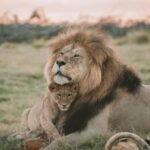The majestic allure of big cats, from the stealthy leopard to the regal lion, captivates the hearts of many around the globe. However, their populations face numerous threats, prompting dedicated conservationists to employ innovative tracking and monitoring methods. These efforts are not only pivotal for understanding their behavior but also vital for ensuring their survival. This article delves into the various techniques conservationists use to track and monitor big cat populations, unraveling the mysteries of these magnificent creatures.
Understanding the Need for Tracking Big Cats
Big cats are essential players in maintaining ecological balance. They regulate prey populations, preventing overgrazing and ensuring biodiversity. Unfortunately, their numbers are dwindling due to habitat loss, poaching, and human-wildlife conflict. By tracking these animals, conservationists gather crucial data to develop effective conservation strategies. This information helps in determining their population size, distribution, and health, which is vital for crafting policies that protect them and their habitats.
The Role of GPS Collars in Monitoring
One of the most effective tools in tracking big cats is the GPS collar. These collars provide real-time data on the movement patterns of these elusive animals. By analyzing this data, researchers can identify migration routes, hunting grounds, and territorial boundaries. This information is invaluable for minimizing human-wildlife conflicts, as it allows for the creation of wildlife corridors and buffer zones. Despite their usefulness, fitting a GPS collar requires careful planning to ensure it doesn’t harm the animal or hinder its natural behavior.
Camera Traps: Eyes in the Wild

Camera traps are another indispensable tool for monitoring big cats. These motion-activated cameras capture images and videos of animals in their natural habitats without disturbing them. They provide insights into the behavior, social structures, and interactions of big cats. By analyzing footage from camera traps, conservationists can identify individual animals and estimate population sizes. This non-invasive method is particularly useful in dense forests and remote areas where direct observation is challenging.
Using Drones for Aerial Surveillance

Drones have revolutionized wildlife monitoring by offering a bird’s-eye view of vast landscapes. Equipped with high-resolution cameras, drones can cover large areas quickly and efficiently, capturing detailed images of big cat habitats. This aerial perspective helps conservationists map out territories, monitor changes in the environment, and detect threats such as illegal logging or poaching activities. Moreover, drones can access difficult terrains, making them invaluable for studying elusive species in remote locations.
Analyzing DNA for Population Studies
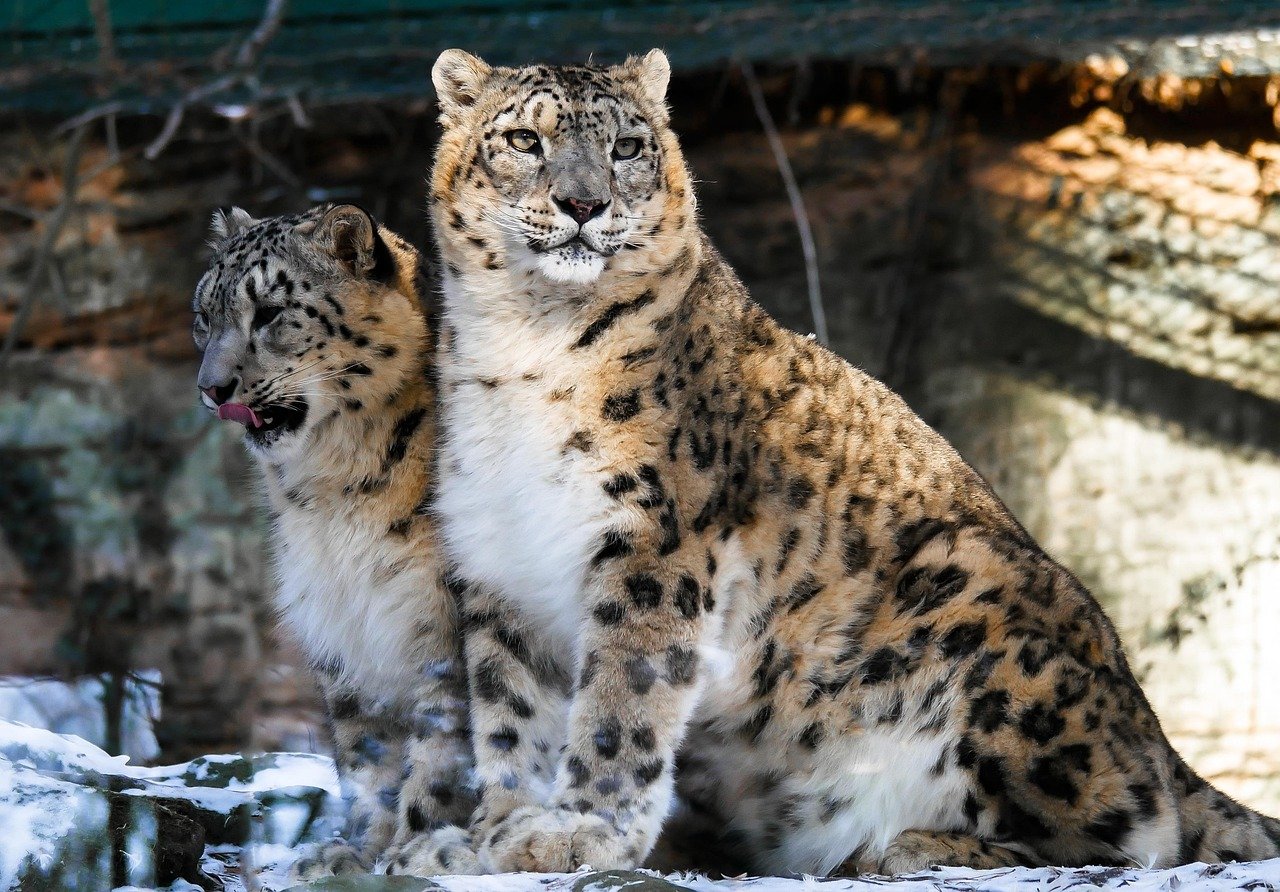
DNA analysis is a powerful tool for understanding the genetic diversity and health of big cat populations. By collecting samples from scat, hair, or saliva, researchers can identify individual animals and assess their genetic makeup. This information helps in understanding breeding patterns, genetic bottlenecks, and inbreeding risks. DNA analysis also aids in identifying corridors that facilitate gene flow between isolated populations, which is crucial for maintaining healthy and resilient populations.
Radio Telemetry: Tracking Through Sound Waves
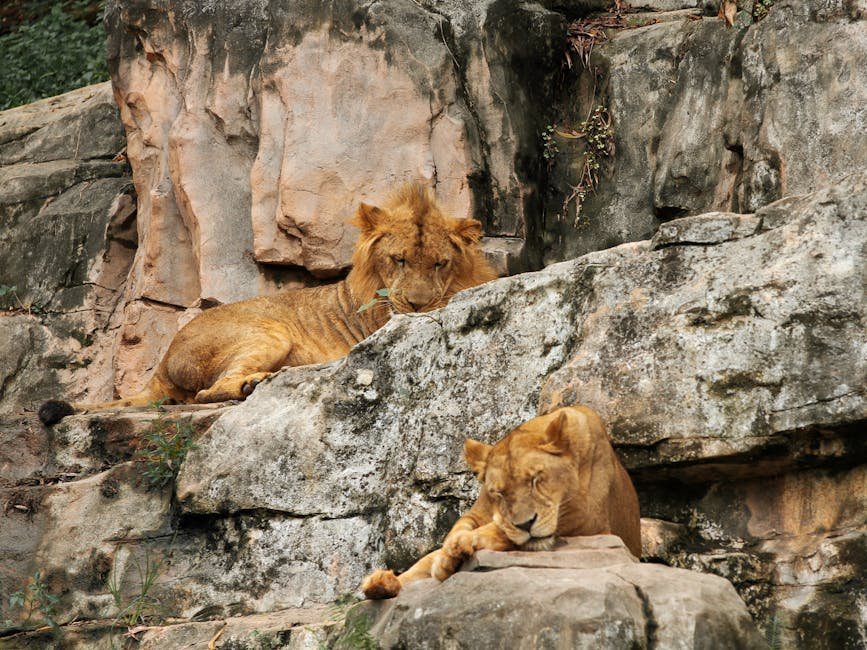
Radio telemetry involves fitting big cats with radio transmitters that emit signals picked up by receivers. This method allows researchers to track the movement and behavior of animals over large distances. Unlike GPS collars, radio telemetry doesn’t require satellite access, making it useful in areas with limited connectivity. By tracking individual animals, conservationists can gather data on home ranges, social dynamics, and survival rates, contributing to more informed conservation efforts.
Community Involvement in Monitoring Efforts
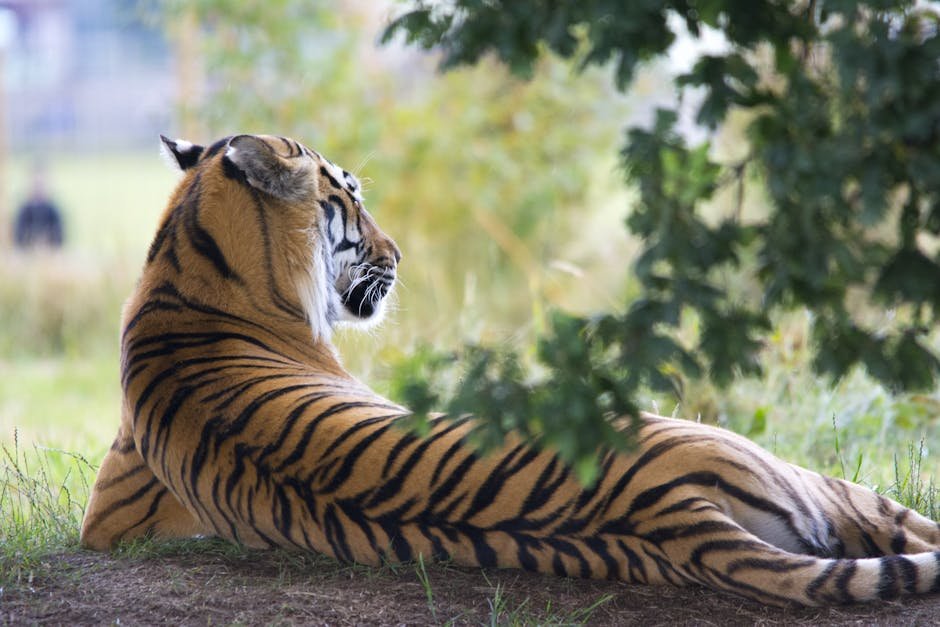
Local communities play a crucial role in the success of big cat monitoring programs. By involving local residents in tracking efforts, conservationists gain valuable insights and foster a sense of ownership among the community. Educational workshops and training programs empower locals to identify signs of big cat presence, report sightings, and assist in data collection. This collaborative approach not only enhances monitoring efforts but also promotes coexistence and reduces human-wildlife conflicts.
Satellite Imagery: A Global Perspective
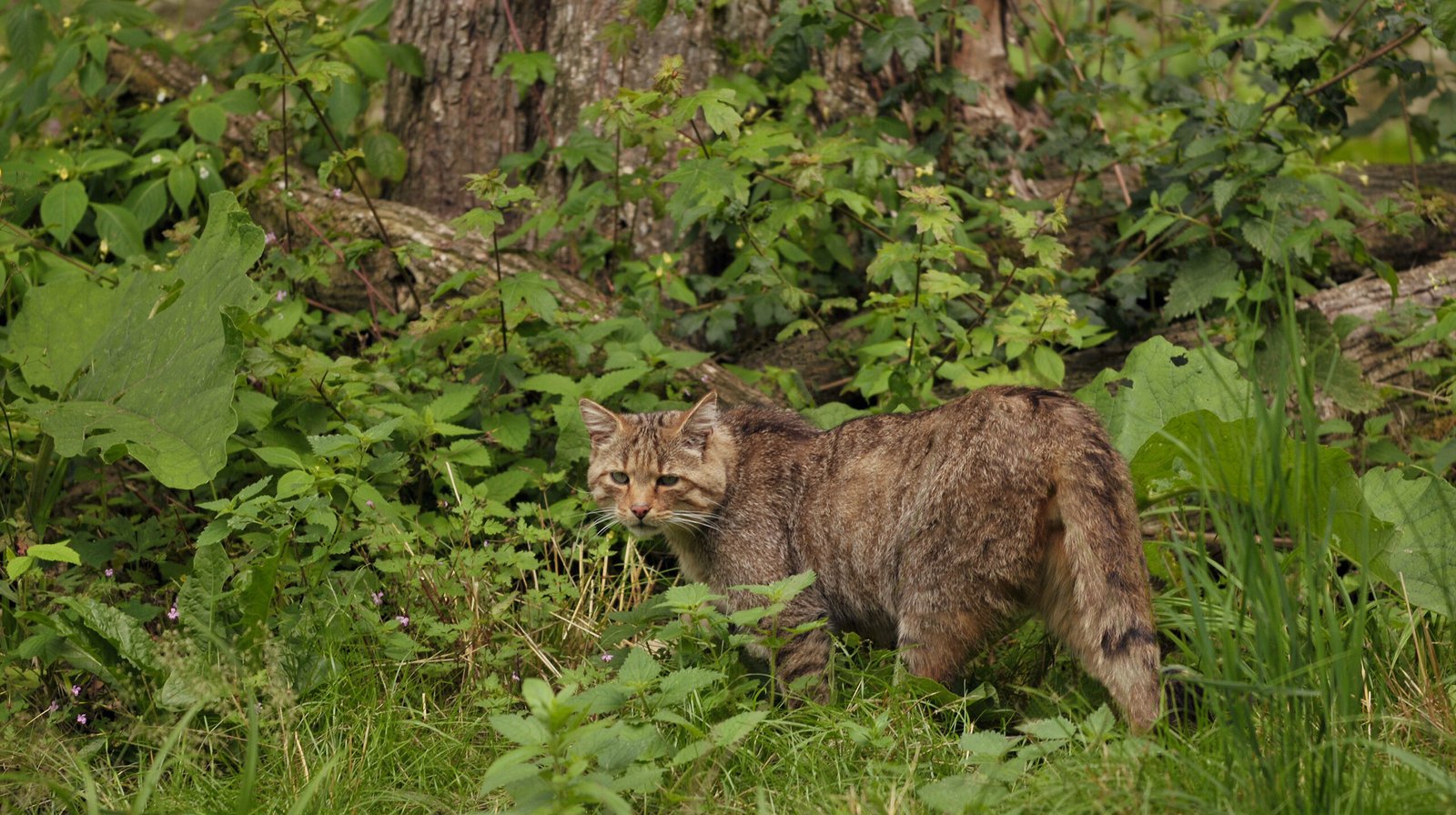
Satellite imagery provides a macro-level view of big cat habitats, allowing researchers to monitor changes in land use, vegetation cover, and habitat fragmentation. This data helps identify critical habitats, migration corridors, and potential threats to big cat populations. By overlaying satellite images with GPS data, conservationists can assess the impact of environmental changes on big cat behavior and distribution. This holistic approach is essential for developing comprehensive conservation plans.
Behavioral Observation and Ethology
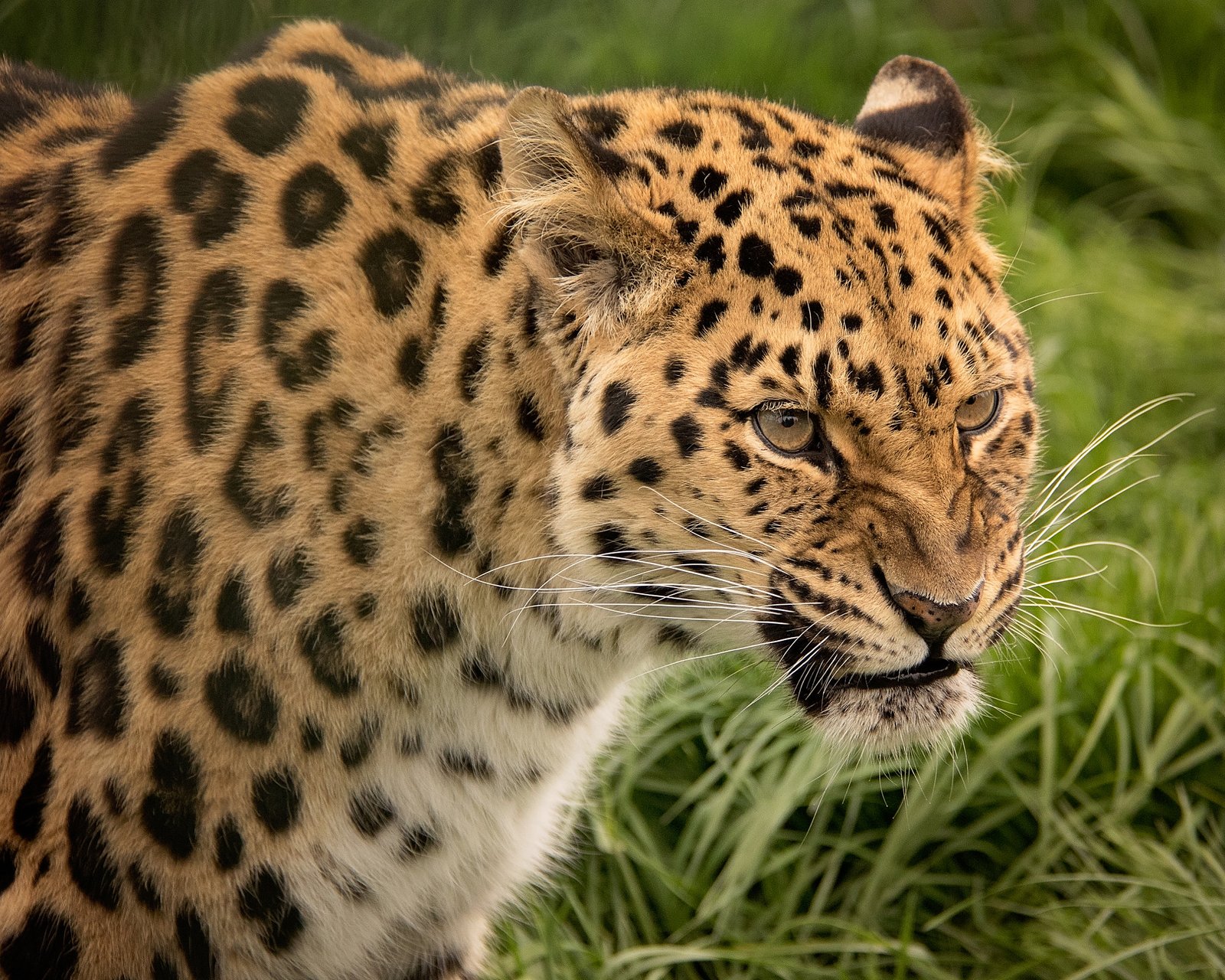
Understanding the behavior of big cats is key to effective conservation. Ethologists study the behavior of these animals in their natural habitats, observing hunting strategies, social interactions, and mating rituals. By understanding these behaviors, conservationists can develop strategies to mitigate human-wildlife conflicts, such as livestock predation. Behavioral studies also provide insights into the adaptability and resilience of big cats in changing environments, informing conservation efforts.
Mapping Territories and Home Ranges

Mapping the territories and home ranges of big cats is essential for understanding their spatial needs and interactions with other species. By analyzing movement data from GPS collars and other tracking methods, researchers can delineate the boundaries of individual territories. This information helps in identifying areas of overlap, potential conflict zones, and critical habitats. Mapping territories also aids in the creation of wildlife corridors, ensuring connectivity between fragmented habitats.
Challenges in Tracking and Monitoring
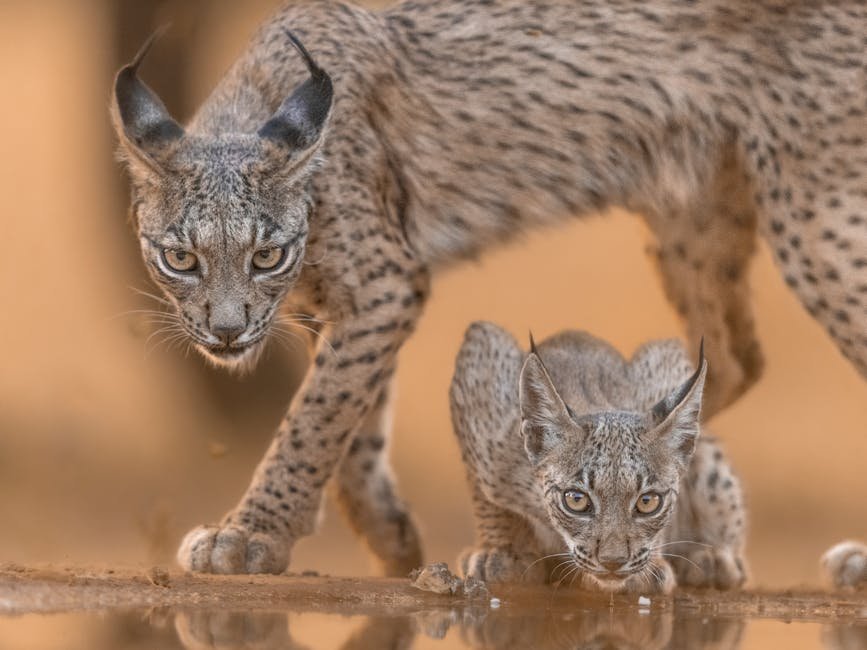
Tracking and monitoring big cats present numerous challenges, from technological limitations to logistical constraints. The remote and rugged terrains inhabited by these animals often make data collection difficult and expensive. Additionally, the sheer size and elusive nature of big cats require innovative approaches and the development of new technologies. Despite these challenges, the dedication and perseverance of conservationists continue to drive advancements in tracking methods, ensuring the protection of these iconic species.
Technology and Innovation in Conservation
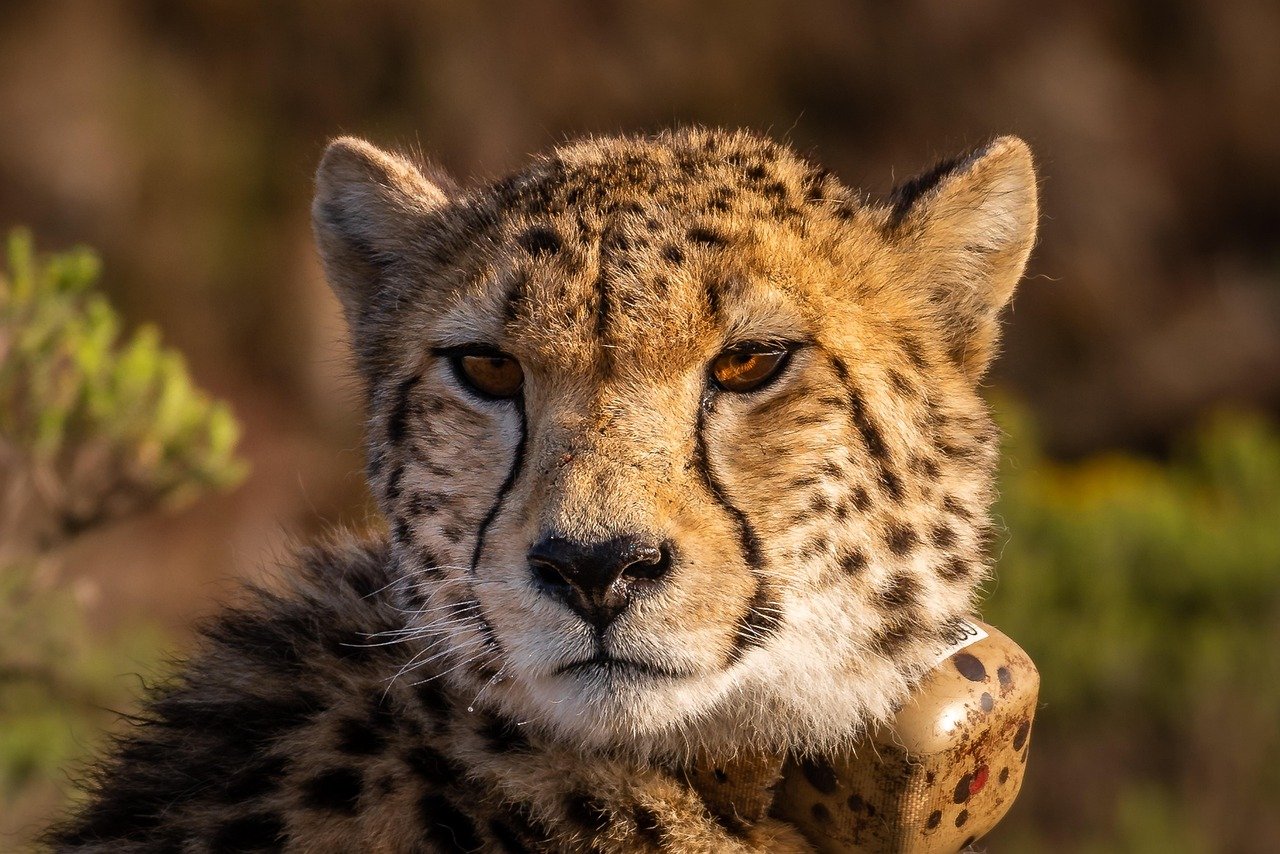
Technological advancements are constantly reshaping the field of wildlife conservation. From artificial intelligence to machine learning, new tools are emerging to enhance the accuracy and efficiency of big cat monitoring efforts. AI algorithms can analyze vast amounts of data from camera traps, drones, and satellites, identifying patterns and anomalies. These innovations not only improve data collection but also enable conservationists to make informed decisions and implement targeted conservation strategies.
The Importance of Data Analysis
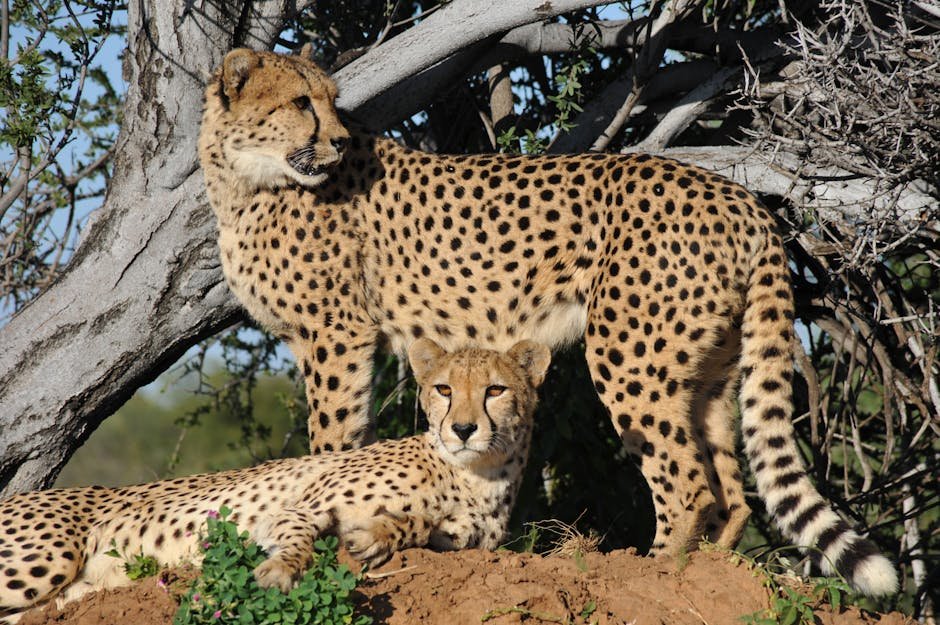
Collecting data is only the first step in understanding big cat populations. Analyzing this data is crucial for drawing meaningful conclusions and developing effective conservation strategies. By integrating information from various sources, such as GPS collars, camera traps, and satellite imagery, researchers can gain a comprehensive understanding of big cat behavior, distribution, and threats. This data-driven approach ensures that conservation efforts are based on evidence and tailored to the specific needs of each population.
Conservation Policies and Legislation
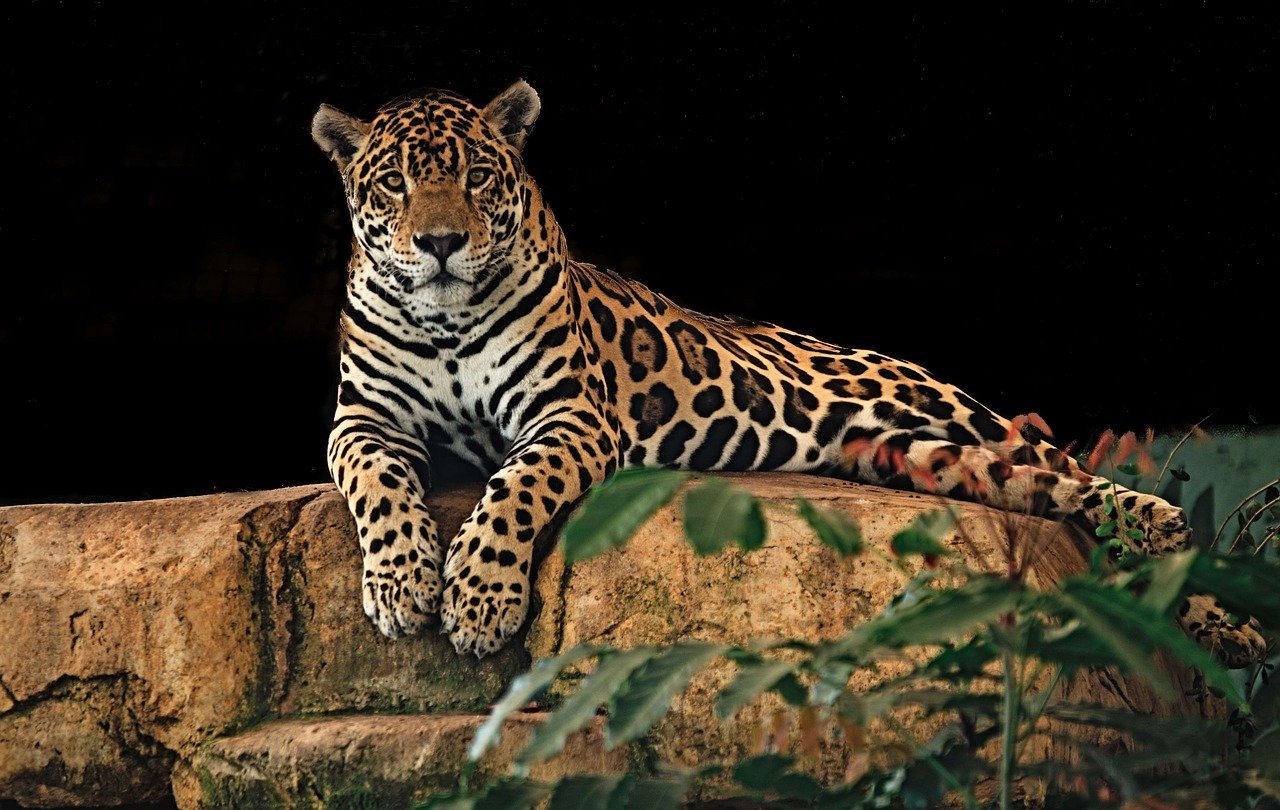
Effective conservation requires robust policies and legislation to protect big cat populations and their habitats. Governments, non-governmental organizations, and international bodies collaborate to develop and implement laws that address threats such as poaching and habitat destruction. These policies are informed by data collected through tracking and monitoring efforts, ensuring they are relevant and effective. Advocacy and public awareness campaigns also play a vital role in garnering support for conservation initiatives.
Success Stories in Big Cat Conservation
Despite the challenges, there have been notable successes in big cat conservation. Through dedicated efforts and innovative tracking methods, several big cat populations have shown signs of recovery. For example, the Amur leopard population in Russia has increased thanks to anti-poaching measures and habitat restoration projects. These success stories highlight the importance of tracking and monitoring in achieving conservation goals and inspire continued efforts to protect these magnificent creatures.
Future Directions in Big Cat Monitoring

The future of big cat monitoring lies in the integration of cutting-edge technologies and collaborative efforts. As new tools and methods emerge, conservationists will be better equipped to address the complex challenges facing big cat populations. Continued investment in research and development is essential for refining tracking techniques and exploring new avenues for conservation. By embracing innovation and fostering partnerships, the conservation community can ensure a brighter future for big cats.
Public Awareness and Education

Raising public awareness and educating communities about the importance of big cat conservation is crucial for garnering support and fostering coexistence. Outreach programs, documentaries, and educational materials help inform the public about the threats facing big cats and the efforts being made to protect them. By engaging people of all ages, conservationists can inspire a new generation of wildlife advocates and ensure the long-term survival of these iconic species.
Collaborative Efforts in Conservation
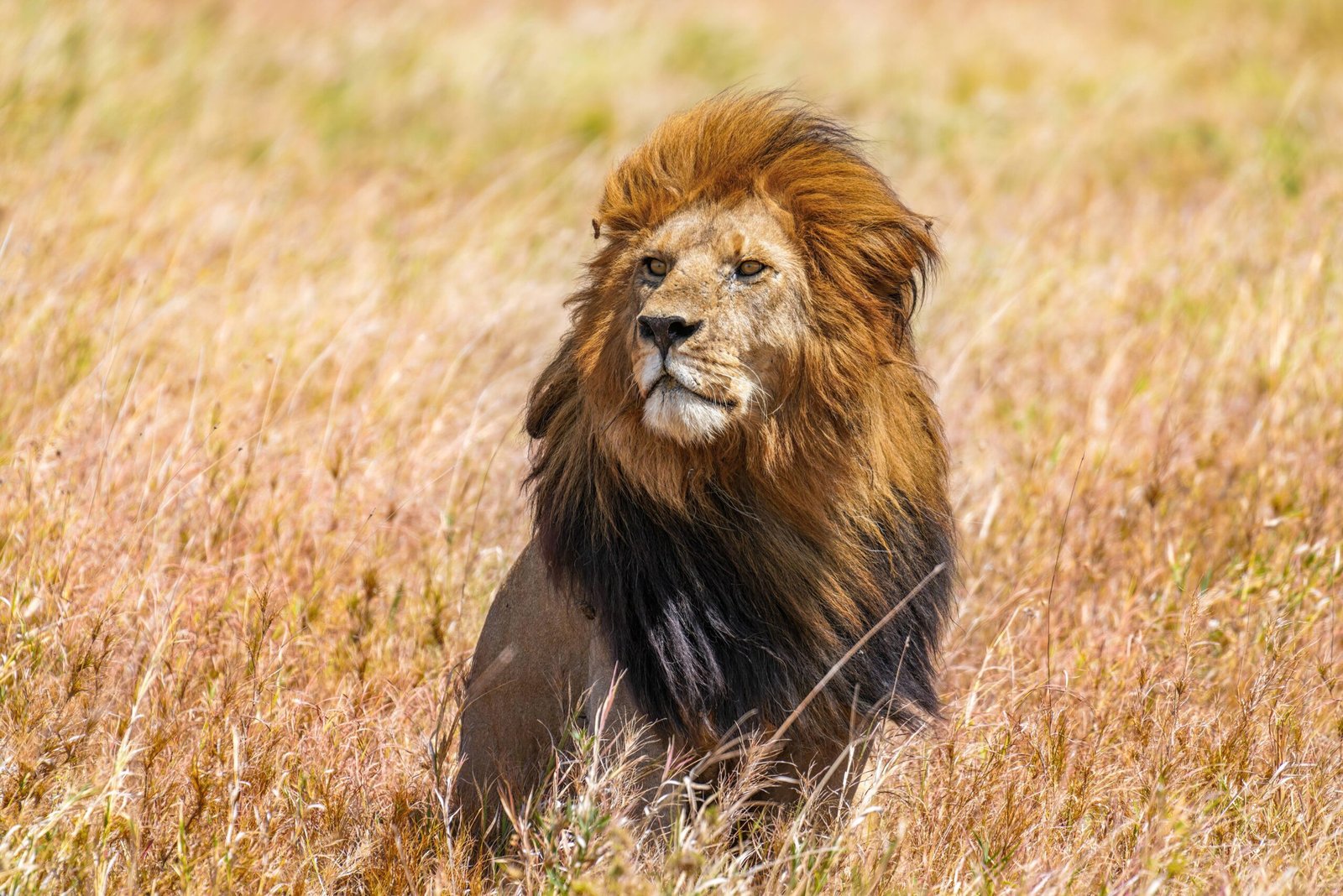
Conservation is a collective effort that requires collaboration between governments, non-governmental organizations, researchers, and local communities. By working together, these stakeholders can pool resources, share knowledge, and implement comprehensive conservation strategies. Cross-border collaborations are particularly important for big cats that traverse international boundaries, ensuring their protection across their entire range. These partnerships are essential for addressing the complex challenges facing big cat populations and achieving lasting conservation success.
The Role of Big Cats in Culture and Society
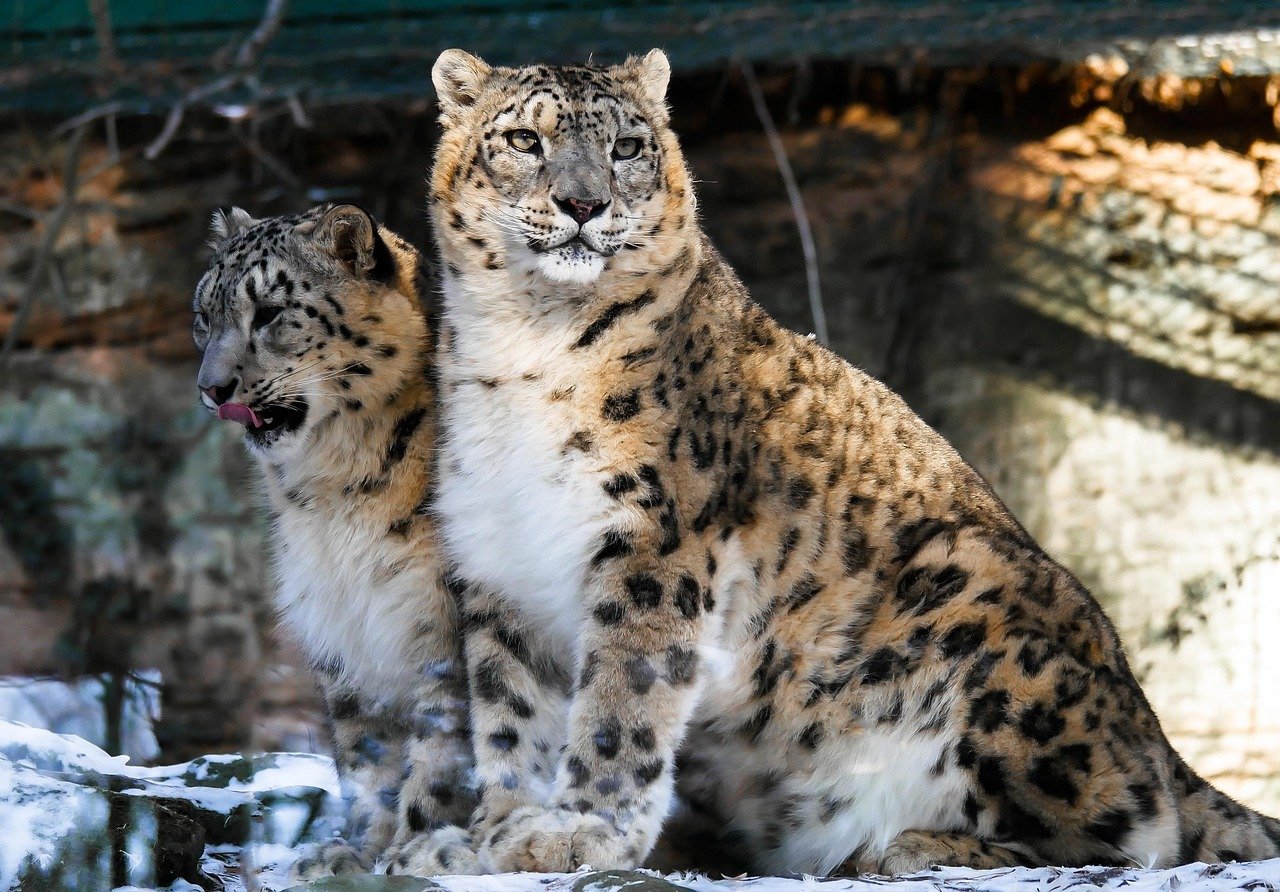
Big cats have long held a special place in human culture and mythology, symbolizing strength, power, and mystery. From ancient cave paintings to modern literature, these animals have captured our imagination and inspired countless stories and legends. By understanding the cultural significance of big cats, conservationists can engage local communities and foster a sense of pride and stewardship. This cultural connection is vital for building support for conservation efforts and ensuring the future of these iconic species.
The Path Forward for Big Cat Conservation
The journey to protect big cats is ongoing, with new challenges and opportunities constantly emerging. By embracing innovation, fostering collaboration, and engaging the public, conservationists can continue to make strides in safeguarding these majestic animals. The success of big cat conservation efforts depends on our collective commitment to understanding, protecting, and coexisting with these incredible creatures. As we move forward, it is essential to remember that the future of big cats is in our hands, and we have the power to ensure their survival for generations to come.


Soham is from the rich tapestry of India, and has traveled through its several states and experienced its various cultures. Proud parent to three delightful feline furballs and looking to adopt more in the coming days. A self-taught writer who learned everything with experience. His path led him to a fulfilling profession spanning more than six years in digital marketing and writing along with a master’s degree in marketing. Knowing what interests readers motivates him. Filled with a profound fascination for the planet, his goal is to travel the world and discover everything from lush forests to towering mountains, sandy deserts to vast oceans, driven by a deep curiosity for our planet’s intricacies and beauty of creation.





